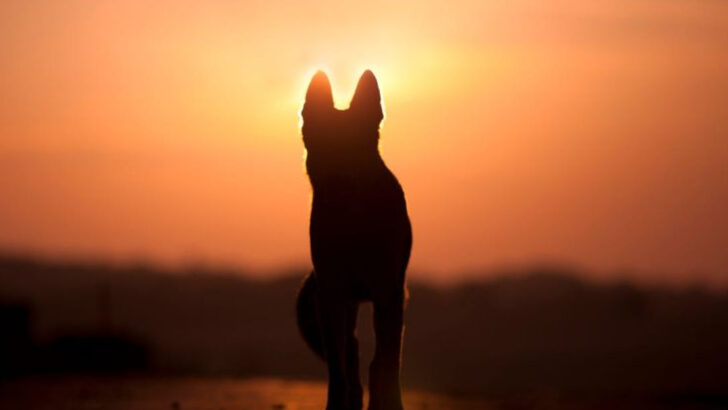Nothing prepares you for the moment your pet takes their last breath at home.
One second, they’re curled beside you—warm, familiar, safe. The next, the silence hits like a wave. It’s raw, it’s surreal, and it leaves you with a heartbreak that words barely touch.
But grief isn’t the only thing that shows up. There are questions. Decisions. Things you never thought you’d have to deal with while trying to hold yourself together. What now? What next?
This guide walks you through 13 things that unfold when a pet dies at home—some emotional, some practical, all deeply human. Because when love this big ends, it leaves a mark.
Emotional Impact
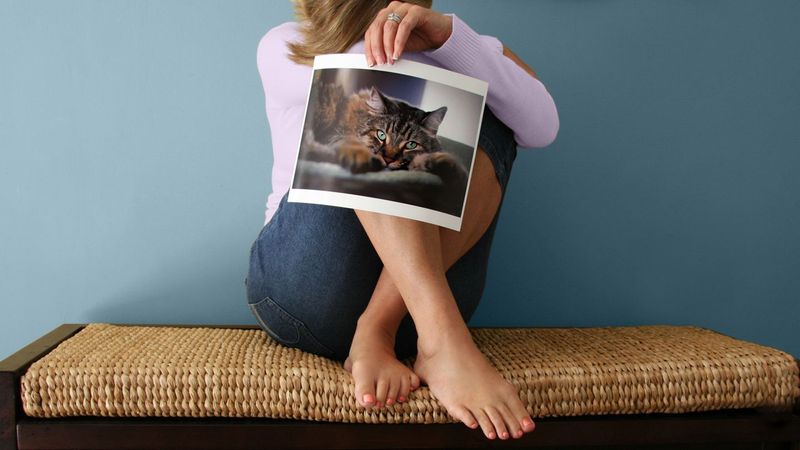
The emotional weight of losing a pet is heart-wrenching. For many, a pet is not just an animal; it is a cherished family member. The initial shock can feel overwhelming, bringing feelings of sadness, guilt, and even anger.
Each person’s grief is unique, and it’s okay to feel whatever comes naturally. You might find yourself reminiscing about the joyful times you shared, which can be both comforting and painful.
Connecting with others who have been through similar experiences can provide support. Understanding that grief is a personal journey can help in finding peace with the loss.
Decision Making
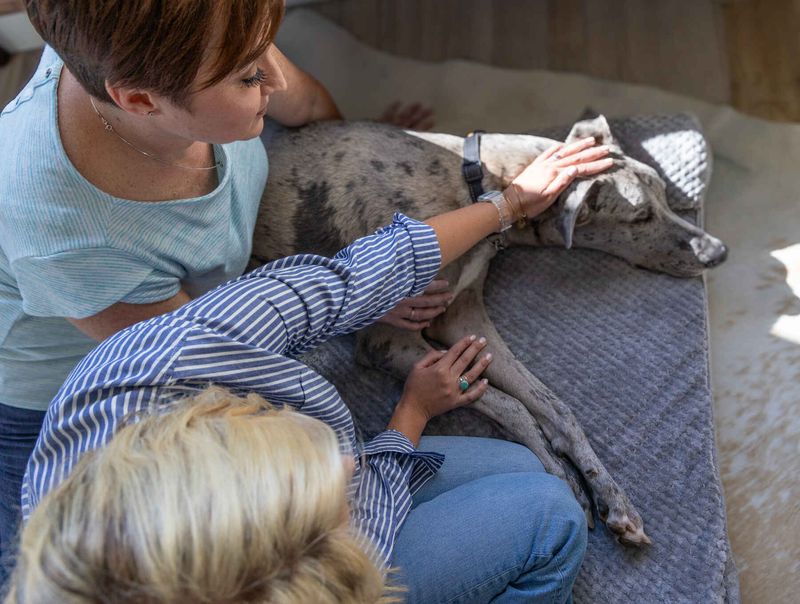
When a pet dies at home, immediate decisions need to be made about what to do next. It’s a moment of tender reflection and responsibility. Whether choosing to have the pet cremated or buried, each option comes with its own set of considerations.
For some, discussing these decisions with family can offer guidance and support, while others might prefer making a private choice. The key is to honor the pet’s memory in a way that feels right.
Seeking professional advice from a vet or pet care service can provide clarity during this emotional time.
Handling Remains

Handling the remains of a pet is a deeply personal task. Some choose to bury their pets in their backyard, creating a sacred space for remembrance. Others might opt for cremation, preserving the ashes in a special urn.
Each method of handling remains offers a unique way to celebrate the pet’s life. It’s essential to consider local regulations regarding pet burial, as they can vary by region.
For those who choose cremation, options such as keeping the ashes or scattering them in a place of significance can be explored.
Telling the Family
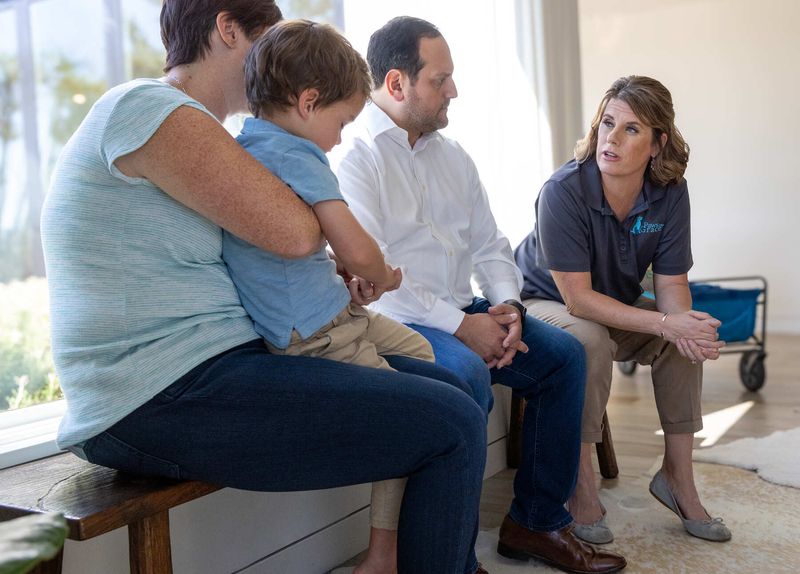
Informing family members about the death of a pet is a heartfelt task. Children, in particular, may struggle with understanding the concept of death.
It’s crucial to approach the topic with honesty and compassion, allowing everyone to express their feelings openly. Creating a space where family members can share memories and express grief together can be healing.
This time of mourning can also be an opportunity to teach children about the natural cycle of life. Every family member may grieve differently, and respecting each other’s process is important.
Gathering Keepsakes
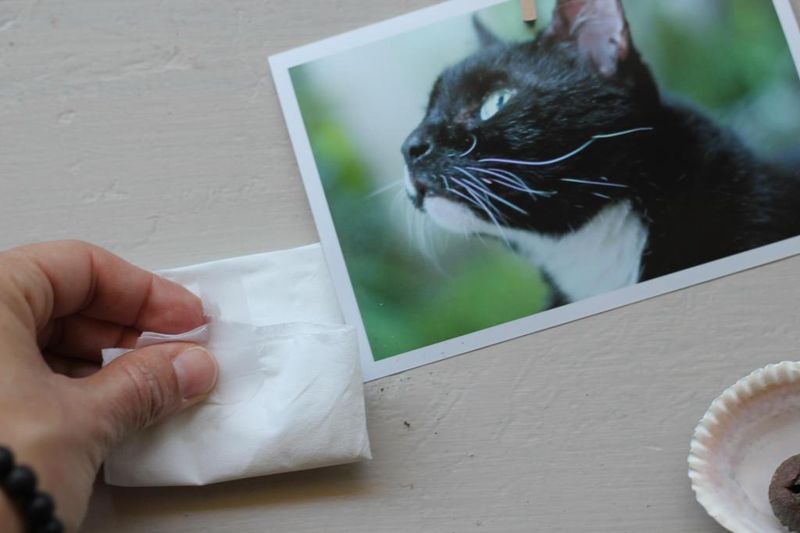
Gathering keepsakes is a tender way to honor a pet’s memory. Items such as collars, toys, or bowls can serve as cherished reminders of the time spent together.
Creating a small memorial at home with these mementos can provide comfort and a way to celebrate the pet’s life. Some may choose to create a photo album or scrapbook, capturing the essence of their pet’s unique personality.
These tangible memories can be a source of solace during difficult times, keeping the pet’s spirit alive in the hearts of those they left behind.
Notifying the Vet

Notifying the veterinarian is a necessary step after a pet’s passing. Your vet can provide useful information about next steps and can also offer emotional support.
Having had a relationship with your pet, they understand the bond you shared and can provide consolation. They may also guide you on how to proceed with the remains and offer recommendations for services like cremation or memorials.
This connection can help ease the burden of making decisions during such a challenging time, ensuring that the pet is treated with dignity and respect.
Embracing Rituals

Rituals provide comfort and closure during times of loss. Whether it’s a small ceremony in the garden or a quiet moment of reflection, these acts honor the life of a beloved pet.
Friends and family might join to share stories or light candles in remembrance. These symbolic gestures help acknowledge the pet’s passing and celebrate their life.
Creating personal rituals, like planting a tree or dedicating a day to remember the pet, can be meaningful. Rituals provide a way to channel grief into a tribute that honors the pet’s unique spirit.
Dealing with Guilt
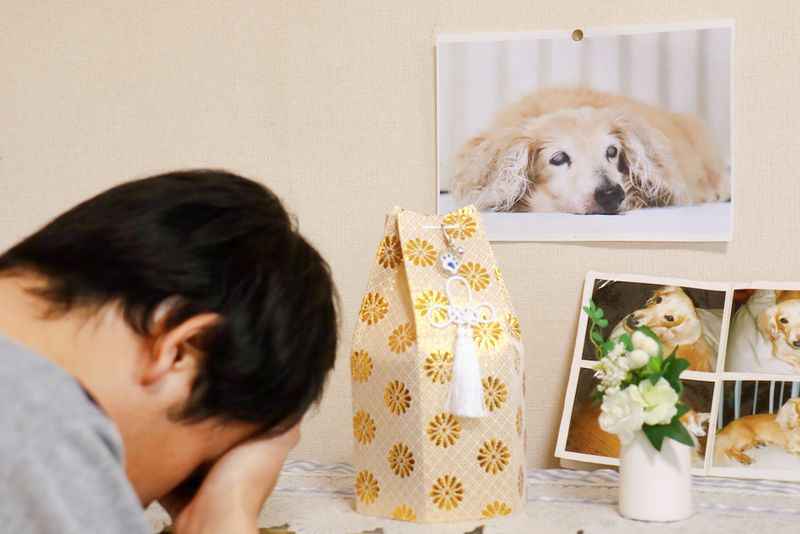
Guilt often accompanies grief, especially when a pet passes away. These feelings may arise from wondering if more could have been done. It’s important to acknowledge these emotions and understand that they are natural.
Reassuring oneself that the pet was loved and cared for can help in moving past guilt. Talking with friends or a counselor can provide perspective and comfort. Writing down thoughts in a journal may also be a therapeutic way to process these feelings.
Recognizing that everyone makes the best decisions they can for their pets is a crucial step in healing.
Explaining to Other Pets

Other pets in the household may notice the absence of their companion and exhibit signs of grief. They might search for their friend, seem lethargic, or show changes in behavior.
It’s important to give them extra attention and affection during this time. Keeping a routine can provide stability and comfort to surviving pets. Some people find that talking to their other pets about the loss can be surprisingly comforting.
The shared sense of missing the departed pet can strengthen the bond between remaining animals and their human caregivers.
Coping with Loneliness

The absence of a pet can leave a significant emptiness in daily life. For many, pets provide companionship that fills a unique space in the heart. When they are gone, feelings of loneliness may emerge.
Finding ways to fill this void is crucial for emotional well-being. Engaging in activities that bring joy or seeking new hobbies can be beneficial. Reaching out to friends or support groups who understand pet loss can also help.
It’s essential to allow oneself time to grieve and to find comfort in the memories of the cherished companion.
Evaluating New Adoption

Considering a new pet after a loss is a deeply personal decision. Some may feel ready to open their hearts again soon after, while others need more time to grieve.
Visiting a shelter can be both healing and hopeful, offering the possibility of a new bond. Each pet is unique, and adopting a new one doesn’t replace the lost companion but adds to the family in its own way.
Reflecting on the timing and readiness for a new pet ensures that the decision is made with love and respect for the departed pet’s memory.
Celebrating Memories
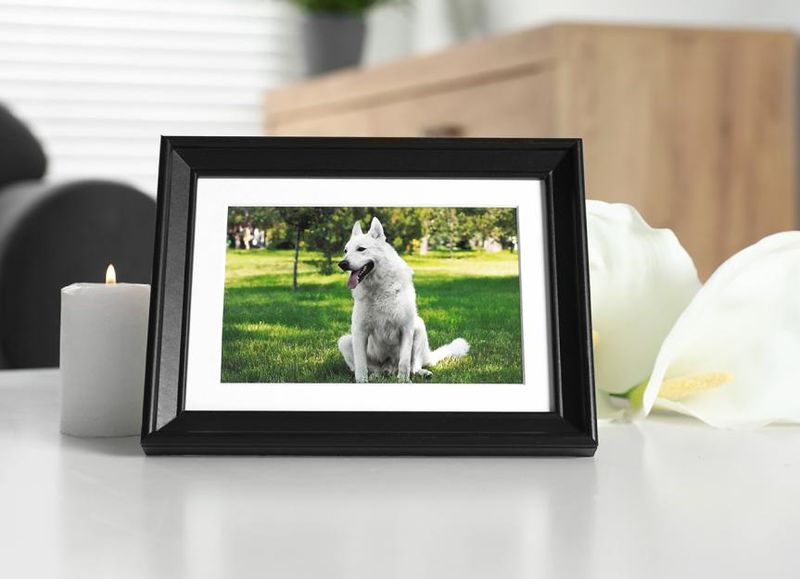
Celebrating the memories of a pet can be a joyful way to honor their life. Gathering friends and family to share stories and remember the happy times creates a sense of community and healing.
Creating a slideshow or memory book filled with photos and anecdotes can be a beautiful tribute. These celebrations can be informal, with laughter and tears, and provide a chance to acknowledge the pet’s impact on everyone’s lives.
Embracing the joy they brought can be a step towards healing and keeps their memory alive in a meaningful way.
Understanding Grief Stages
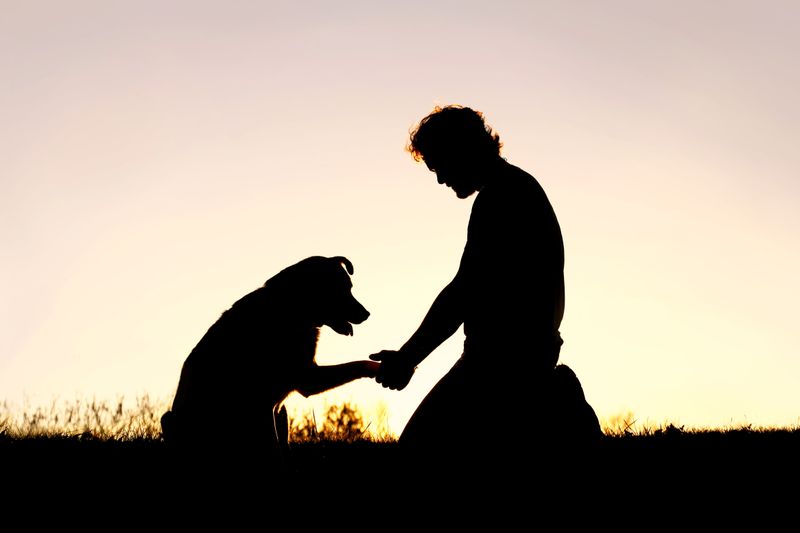
Grieving the loss of a pet often follows similar stages to grieving a human loved one. Understanding these stages—denial, anger, bargaining, depression, and acceptance—can provide a roadmap through the emotional landscape.
Each person’s journey through grief is personal and may not follow a linear path. It’s helpful to recognize that these feelings are normal and to give oneself permission to experience them fully.
Books and resources on pet loss can provide comfort, offering insights into how others have navigated similar experiences. This understanding fosters patience and self-compassion during a challenging time.

